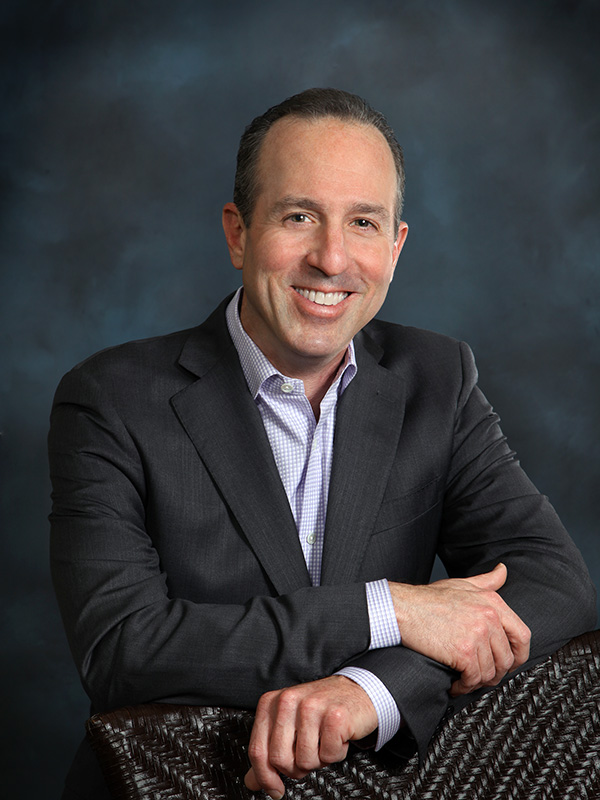Rotator Cuff Tear Specialist

Are you an athlete who participates in sports that involve throwing overhead? If so, you may be at risk of sustaining a rotator cuff tear. A rotator cuff tear is typically caused by a fall, sports injury or degeneration. Rotator cuff tear specialist, Dr. Mark Getelman provides diagnosis and both surgical and nonsurgical treatment options for patients in Los Angeles who have sustained a rotator cuff tear. Contact Dr. Getelman’s team today!
Rotator Cuff Tears in Los Angeles Athletes
The shoulder is a complex joint with a number of structures that work in unison to provide a wide range of motion, strength and stability. The rotator cuff is one of these structures. The rotator cuff is a group of four muscle-tendon units that create a covering, much like a shirt sleeve, around the ball (humeral head), allowing the arm to lift and rotate. The rotator cuff is one of the most commonly injured structures within the shoulder, especially in overhead athletes and older individuals. Dr. Mark Getelman is a leading shoulder surgeon dedicated to treating rotator cuff tears.
What is a Rotator Cuff Tear?
A rotator cuff tear is a common cause of shoulder pain and disability in athletes, no matter the playing level. A rotator cuff that has become torn weakens the shoulder and makes many daily activities, even getting dressed, difficult and painful.
When one or more of the rotator cuff tendons become torn, the tendon no longer attaches to the humeral head. Torn tendons often begin by fraying, but progressive damage to the soft tissue causes the tendon to tear. There are two types of rotator cuff tears:
- Partial (incomplete) tear- The tendon becomes damaged but does not completely sever
- Full-thickness (complete) tear- The damaged tendon tears completely away from the bone
What Causes Rotator Cuff Tears?
Rotator cuff tears are caused by a traumatic event or repetitive use with degeneration of the tendon over time.
Traumatic injuries that often cause a tear include a fall on an outstretched hand and lifting a heavy object with a jerking motion. Many tears are also caused by degeneration of the muscle-tendon unit from repetitive use during work and athletic activities, as well as the natural aging process.
Surgical Techniques Offered by Los Angeles Shoulder Surgeons
Dr. Mark Getelman is expert in this field, has written a textbook on the subject and specializes in treating rotator cuff tears with a number of surgical techniques.
Following a detailed medical review and physical examination, Dr. Getelman will determine if surgical intervention is necessary to repair the rotator cuff tear and to return full function to the affected shoulder.
Dr. Getelman specializes in these surgical techniques:
- PASTA repair– Dr. Getelman inserts a small camera into the shoulder joint using a minimally invasive approach to treat moderate to high grade partial tears. He will use the arhtroscope to examine the frayed tendon on the articular side. The frayed edges are then debrided using a shaving device. The extent of tearing is then assessed and if appropriate, a PASTA repair is indicated. With this special technique, the intact remaining fibers are preserved and the area of tearing is able to be reattached as well.
- Arthroscopic rotator cuff repair– For most patients, a standard minimally invasive arthroscopic repair is recommended. Using the scope, Dr. Getelman is able to remove any bone spurs and repair the tendon back to the bone. He will also address the bone as well creating bone marrow vents that allow new vascular channels to develop bring growth factors to the area of the repair to improve the biologic environment for healing.
- Massive Rotator Cuff tears are a unique and challenging subtype that are particularly challenging and require advanced expertise to treat effectively. By definition a Massive tear is a two tendon tear that is often retracted or pulled further away from the humeral head. Fatty atrophy then develops often making the tear irreparable. In these cases alternative materials may be required
- Dermal matrix allograft– Getelman and his partners at SCOI have the world’s largest experience using Human Dermal tissue to Bridge defects in the Rotator Cuff and allow chronic massive tears to be reconstructed arthroscopically. Reserved for patients with large and complex irreparable tears or tears that have failed previous repair, Dr. Getelman utilizes a dermal matrix allograft during an arthroscopic procedure to provide additional biomechanical strength to the repaired site, as well as to promote healing with a low risk of adverse reactions to the graft. This is an excellent alternative for younger patients who would otherwise need to consider Shoulder Replacement surgery using a Reverse prosthesis.
- Orthospace bioabsorbable balloon– This is currently a clinical trail in the US. It is widely used in Europe. Reserved for massive rotator cuff tears, a bioabsorbable balloon is inserted into the subacromial space and acts as a spacer between the acromion and the humeral head, allowing the humeral head to be restored to a more anatomic position to allow improved deltoid function and smooth gliding movement.
- Superior capsular reconstruction– Designed for patients with irreparable rotator cuff tears, the superior capsular reconstruction technique also employs dermal allograft and is designed to reduce superior humeral translation that occurs with massive tears and improve shoulder kinematics by arthroscopically replacing the superior capsule in addition to repairing any remaining rotator cuff tissue.
For treatment of rotator cuff tears in Los Angeles and surrounding communities, please contact the office of shoulder surgeon Dr. Mark Getelman.
